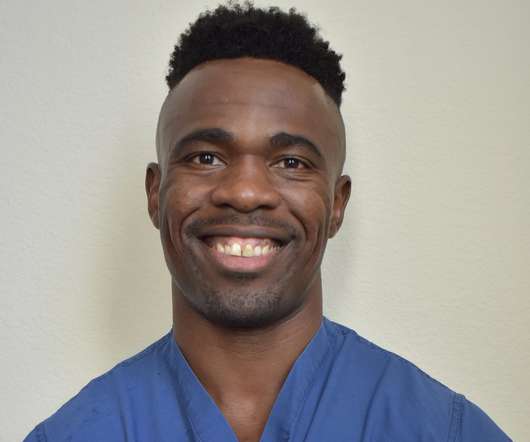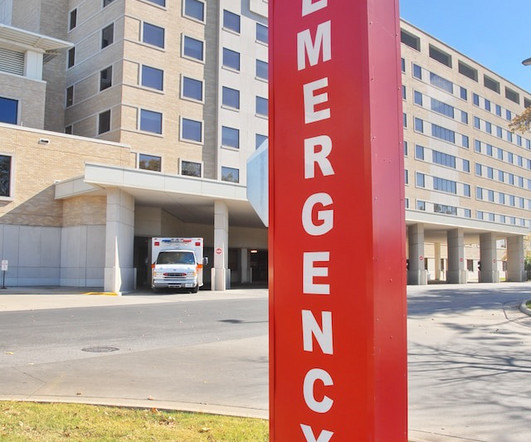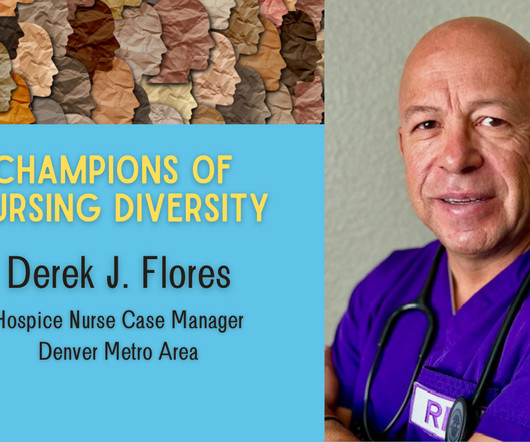Blue Monarch CEO: Hospice Startup Seeks to Raise Bar on Quality
Hospice News
APRIL 26, 2022
I became a registered nurse in 2012 and received my nurse practitioner degree in 2017. We also have a home health aide, a chaplain, a social worker, a patient intake coordinator and a medical director. As a nurse practitioner, what led you to begin a hospice program? Luckily, we have been able to stay fully staffed.












Let's personalize your content